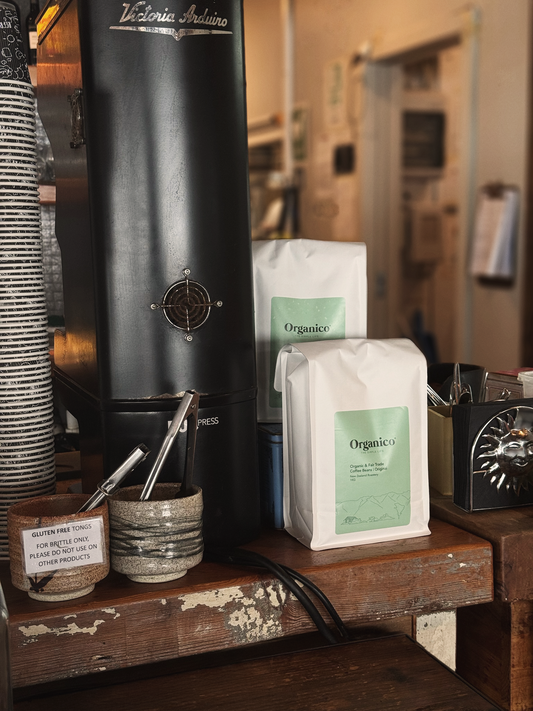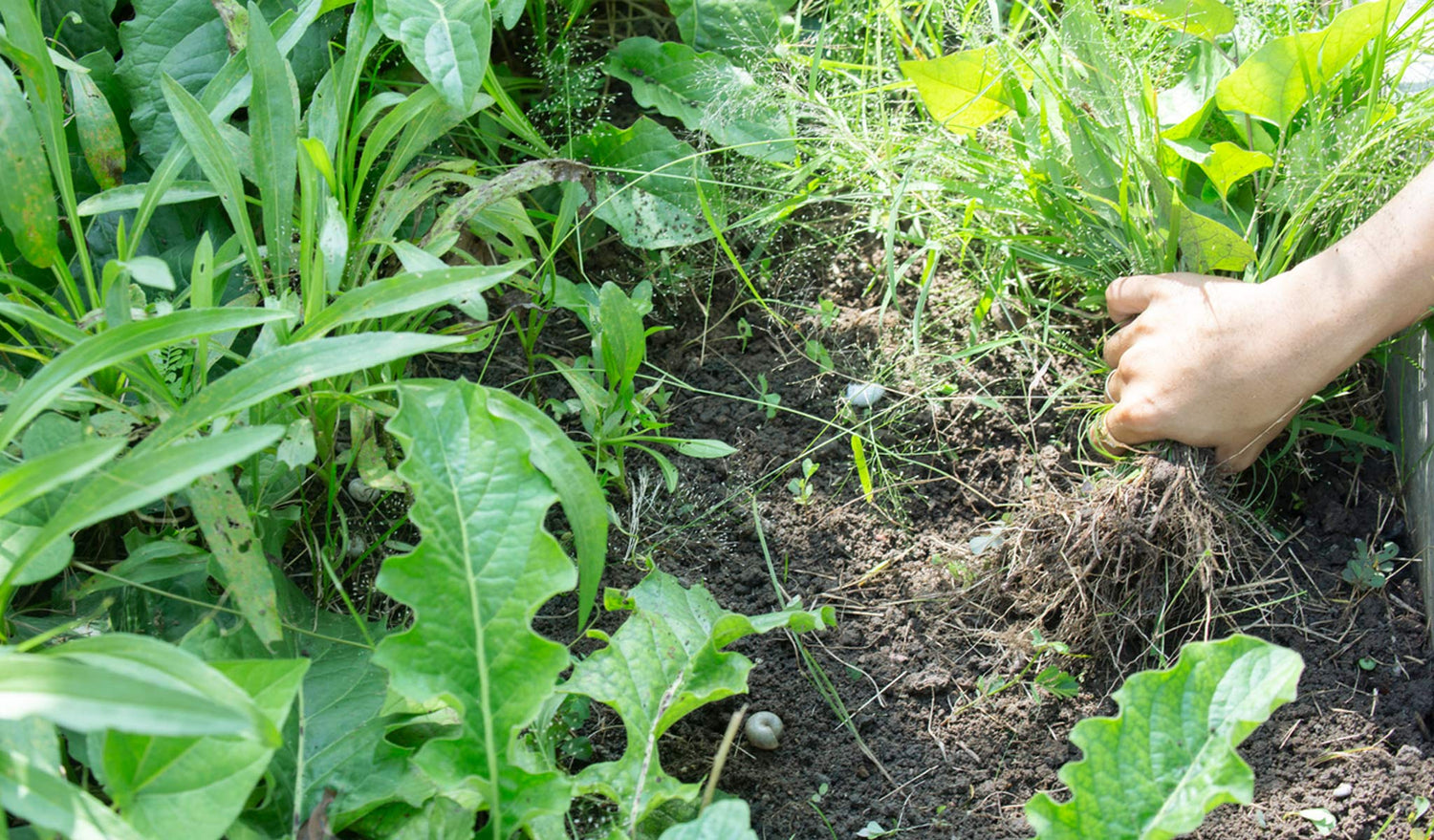
Fighting herbicide practices, bringing hope for the bees
By Katrina Blair
--
At Bee Happy Lands, we look at weeds as nature’s restoring force. They come into an area as the first line of defence due to a disturbance to the ground. Usually the disturbance originates from human-centred activities such as over-grazing livestock, monoscrop agricultural practices, deforesting the land for lumber, building projects, compaction through transport activities, or the effects of climate changes.
These factors often lead to a depleted landscape with more compacted and infertile soil conditions. When the natural habitat experiences a significant change, the established or “native” plants that had evolved in that ecosystem over time can no longer thrive.
Nature’s design tends to make sure that something is growing on the land, so that the soil does not dry up, crack, and blow away. It is hardly the resilient pioneer species that can thrive in compacted, disturbed and depleted soil: the weeds, in other words, come in to help bring the natural order back.
One erroneous human perspective sees the weeds as the problem, using the argument that “they weren’t there before; they are aggressive and invasive, and are taking over.” My experience working on the land, however, showed me that this perspective is limited. Getting rid of the weeds is not the solution. The long-range solution is to support nature in re-fertilizing and re-stablising the soil, so that a greater diversity of plants can find their niche and inhabit the area again.

The weeds are experts at doing exactly that! Through their lifecycle, they naturally restore land to a more fertile state. They break up the compacted land with their deep taproots and aerate the soil. They pull up minerals from deep within the earth and bring them up to the surface in their leaves, which eventually fall off and compost offering an additional layer of topsoil each year. They give back fertility and help maintain water in the ecosystem. They keep the water flowing within the water table in their local area instead of it evaporating or running off.
An additional benefit of weeds growing on disturbed lands would be their contribution to pollination, through their flowers. Wild weed flowers are some of the greatest sources of nectar and pollen for the pollinators and honeybees. The flowers tend to come out early in the season and stay blowing until the season’s end, giving the pollinators abundant food sources. Dandelions (Taraxacum) are some of the first flowers to bloom and mallow (Malva), one of the last. As more and more land gets cleared of its natural vegetation through development, there is less forage options. The weeds growing in neglected lots and open lands are becoming more and more valuable to the bees as our developing world trends continue.
The weeds are also truly some of the greatest free food and medicine for humanity. For example, purslane (Portulaca) seeds are one fo the best sources of omega-3 fatty acids. Thistle (Carduus) greens make a fantastic juice shifting the body towards an alkaline healing state. Mallow (Malva) brings a pleasant mellow flavour to salads and juices while gently drawing out congestion from the body. Plantain (Plantago) is not only a great food but also acts as the perfect first aid kit in a myriad of ways. Clovers (Trifolium) replenish the soil with nitrogen and re-mineralize our bodies with a full spectrum rainbow of trace minerals that support the integrity of long-term health.
Curly dock (Rumex) leaves are used for lettuce when young and the seeds ground fine make great flour for adding to breads, while the root works as a fantastic natural antibiotic and immune builder. Lambsquarter (Chenopodium) has a far greater nutritional value than spinach and its seeds turn into the highly nutritious grain, quinoa. Amaranth (Amaranthus) also known as pigweed is a wild food of choice with dense nutrition and protein. Dandelion (Taraxacum) has more calcium than milk and is highly beneficial for good living. The wild mustards are spicy edibles and encourage good circulation in the body. Truly, there is a garden of abundance right outside our doorstep ready to help us thrive in style!
(By Katrina Blair from The Preserve Journal)


